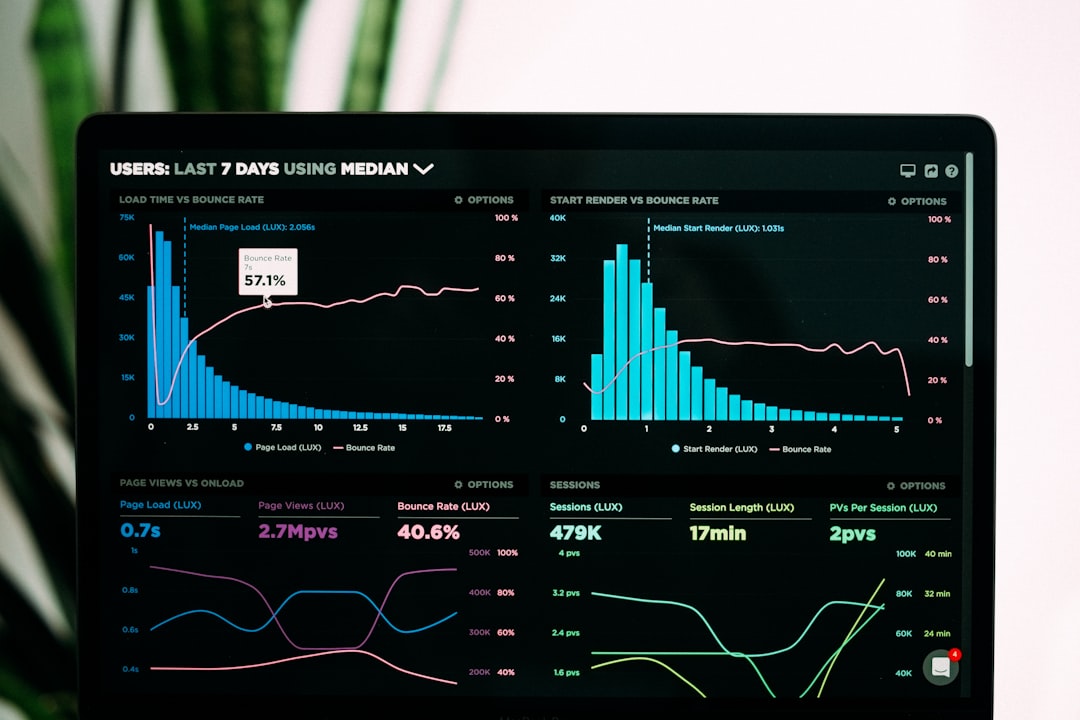The digital marketing landscape is on the verge of a significant transformation as third-party cookies fade into obsolescence. This shift, driven by increasing privacy regulations and evolving consumer expectations, is reshaping how data is collected, processed, and used. For marketers and advertisers, cookie deprecation presents challenges—but also rich opportunities. The key to thriving in this new environment lies in adaptable, privacy-first approaches to measurement that still deliver actionable insights.
Understanding Cookie Deprecation
Third-party cookies have long been the backbone of digital advertising. They track users across websites, enabling retargeting, behavioral advertising, and multi-touch attribution. However, growing concerns around data privacy have led to browser policies—such as Safari’s Intelligent Tracking Prevention (ITP), Firefox’s Enhanced Tracking Protection, and Google Chrome’s upcoming phase-out—that render third-party cookies increasingly obsolete.
This evolution signifies not just a technical challenge but a fundamental rethink of how measurement works. To survive and succeed, marketers must embrace new tools and redefine their data strategies from the ground up.

The Impact on Measurement and Attribution
Perhaps the most significant consequence of cookie deprecation is its effect on measurement and attribution models. Without the ability to track users across sessions and sites, attribution loses granularity and accuracy. This threatens visibility into key campaign performance metrics such as return on ad spend (ROAS), customer journey mapping, and channel contribution.
However, emerging methodologies offer promising alternatives. Organizations that lean into change and adopt innovative measurement frameworks will not only survive, but also gain a competitive edge.
Measurement That Works Post-Cookies
As cookies fade away, forward-thinking marketers are adopting a mix of technologies and strategies that prioritize privacy and effectiveness. Here’s a look at some of the most promising approaches:
1. First-Party Data Collection
In the absence of third-party cookies, first-party data becomes invaluable. This includes behavioral, transactional, and demographic data that users knowingly give to a brand. Since it’s collected directly and consensually, this data not only adheres to privacy regulations but also builds trust and loyalty.
Marketers should invest in strategies that increase data quality and volume:
- Encouraging newsletter signups
- Creating membership or loyalty programs
- Optimizing mobile app engagement
- Developing interactive experiences to capture declared data
2. Advanced Contextual Targeting
Contextual targeting is back in vogue—and it’s much more sophisticated than before. Rather than tracking user behavior, it places ads based on the content of the page. Machine learning now enables smarter matching between content, sentiment, and viewer intent, making this a viable alternative to behavior-based targeting.
Contextual data is not only compliant but increasingly effective at reaching audiences without compromising privacy.
3. Server-Side Tagging
Moving data collection from browser-based (client-side) to the cloud (server-side) increases control, reduces data loss, and ensures compliance. Server-side tagging allows marketers to own and direct their data flow, even in the absence of cookies.
Platforms like Google Tag Manager’s server container enable businesses to implement this approach with improved infrastructure and security controls.

4. Unified Measurement Frameworks
To offset the lack of user-level tracking, marketers can lean on aggregate and probabilistic measurement methods. Tools like:
- Media Mix Modeling (MMM)
- Incrementality testing
- Bayesian attribution models
These unified frameworks do not rely on individual user tracking. Instead, they use statistical models to estimate impact, offering robust insights with reduced privacy risk. Though less granular, they can inform high-level decisions and strategy alignment.
Privacy-Centric Solutions and Collaboration
One of the most promising paths forward lies in industry collaboration through initiatives like Google’s Privacy Sandbox or The Trade Desk’s Unified ID. These frameworks aim to enable audience targeting and measurement without violating user consent or anonymity.
In tandem, brands must stay informed about global privacy regulations—such as GDPR and CCPA—and build governance around data collection to maintain trust and avoid penalties.
Harnessing Machine Learning and AI
Machine learning will play an increasingly central role in measurement. When user-level data becomes fragmented, AI can help bridge the gaps by:
- Predicting user behavior based on available signals
- Enhancing audience segmentation
- Improving impression-to-conversion estimates
These models can be implemented through analytics platforms, CRM software, and proprietary tools, empowering marketers to retain visibility and relevancy in a privacy-first world.
Preparing for a Post-Cookie Future
Cookie deprecation is not a doomsday scenario—it’s a wake-up call. Here are key steps organizations should take to ensure long-term adaptability:
- Audit Current Dependencies: Identify where cookies are still in use and what data is being collected from them.
- Diversify Measurement Approaches: Adopt multiple tools and models instead of relying on a single source of attribution.
- Invest in Customer Relationships: Engage users meaningfully to encourage first-party data sharing.
- Partner Strategically: Collaborate with publishers, CDPs (Customer Data Platforms), and other advertisers who share common standards.
- Stay Agile: Track industry developments and update your stack accordingly. Use adaptive testing frameworks to continually refine strategies.
Conclusion
The deprecation of cookies isn’t an end—it’s a turning point. Brands that recognize this shift as an opportunity will build smarter, more sustainable and privacy-conscious ecosystems. By embracing first-party data, leveraging AI, and investing in contextual and aggregated measurement strategies, marketers can continue delivering value without sacrificing consumer trust or compliance.
Surviving the cookie deprecation era demands a shift not just in tools, but in mindset. Success hinges on adaptability, transparency, and a relentless focus on delivering genuine value to both the business and its audience.
Frequently Asked Questions (FAQ)
-
Q: What is cookie deprecation?
A: Cookie deprecation refers to the gradual phase-out of third-party cookies by web browsers to enhance user privacy. This limits advertisers’ ability to track users across sites. -
Q: How will measurement change without cookies?
A: Without cookies, traditional attribution models become less reliable. Marketers must adopt alternative approaches like first-party data, contextual targeting, and aggregate measurement. -
Q: What is first-party data, and why is it important?
A: First-party data is information collected directly from users by a brand (e.g., website behavior, email addresses). It’s valuable because it’s consented, accurate, and privacy-compliant. -
Q: Are there cookie-free tracking alternatives?
A: Yes. Technologies like server-side tagging, device fingerprinting (with caution), and cohort-based systems such as Google’s Topics API offer alternatives. -
Q: How can small businesses adapt to these changes?
A: Small businesses should start building a strong first-party data strategy, use consent management tools, and partner with analytics platforms that offer cookieless tracking capabilities.